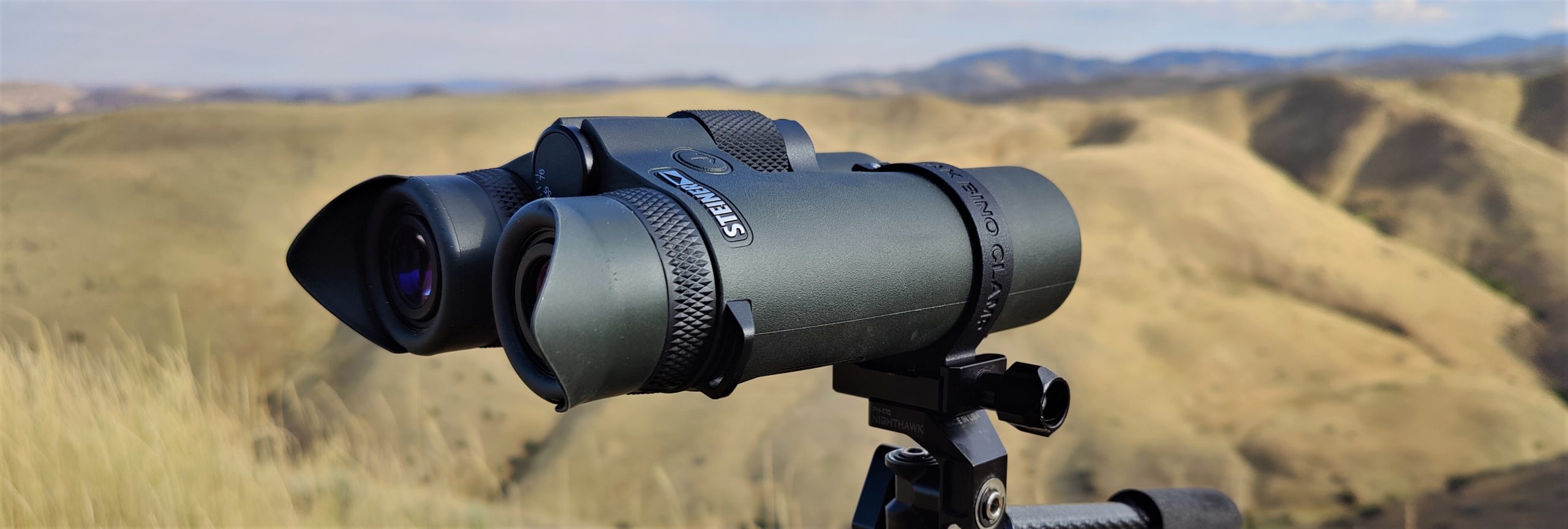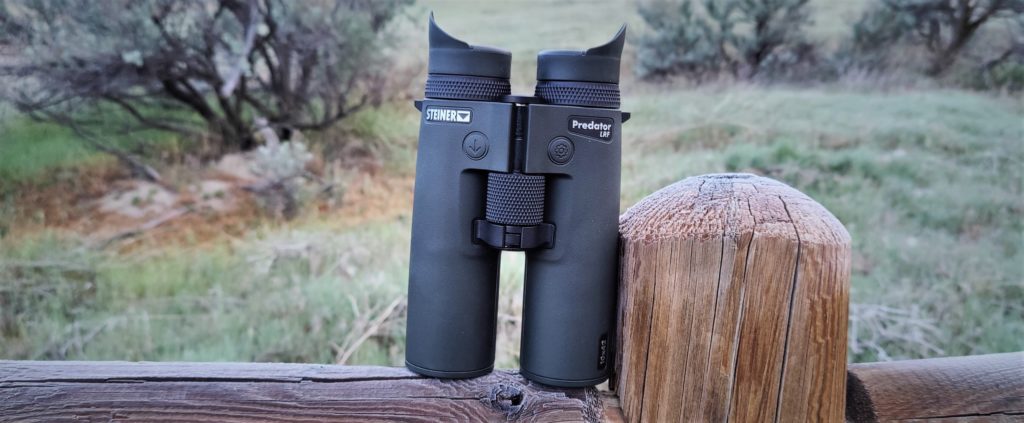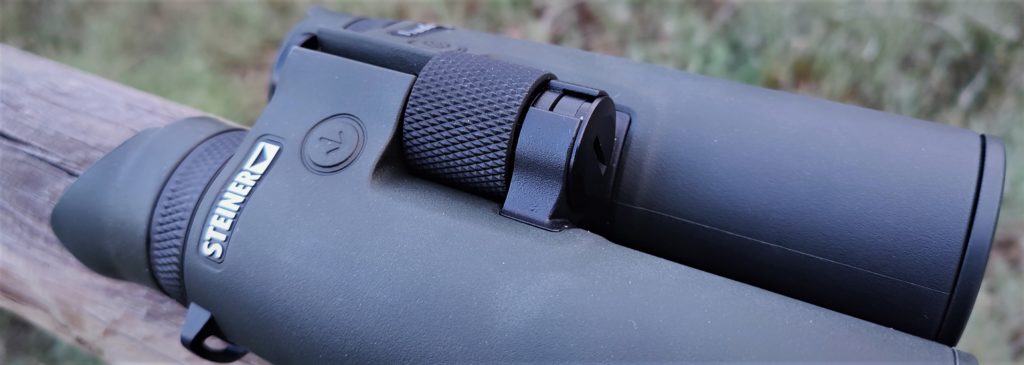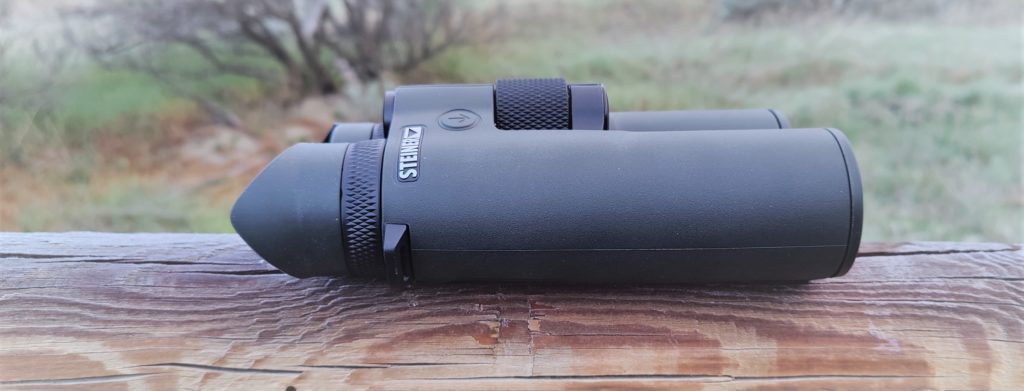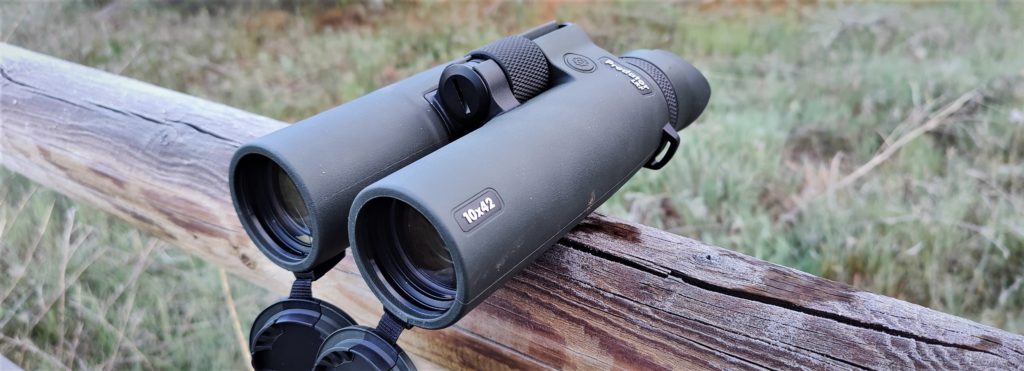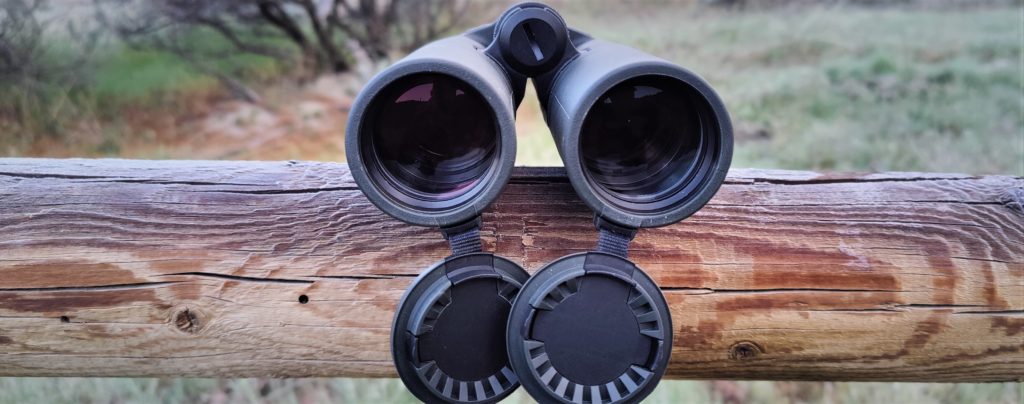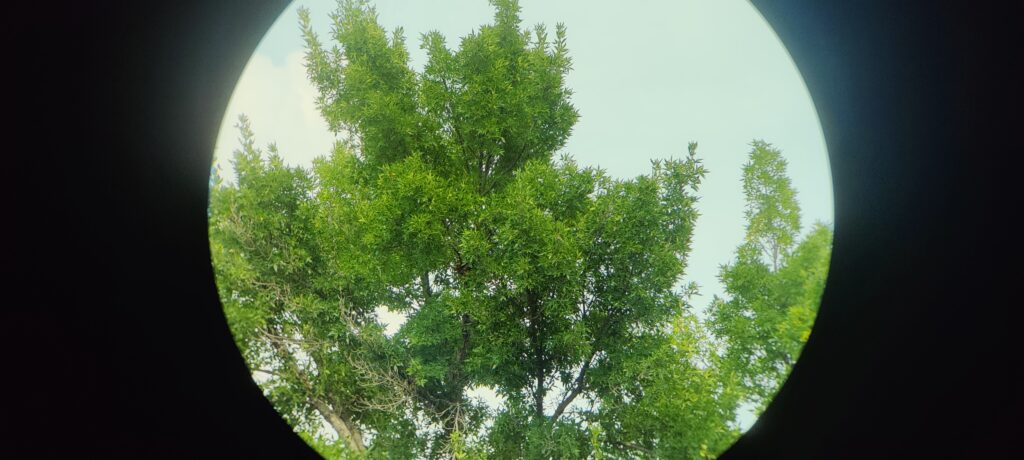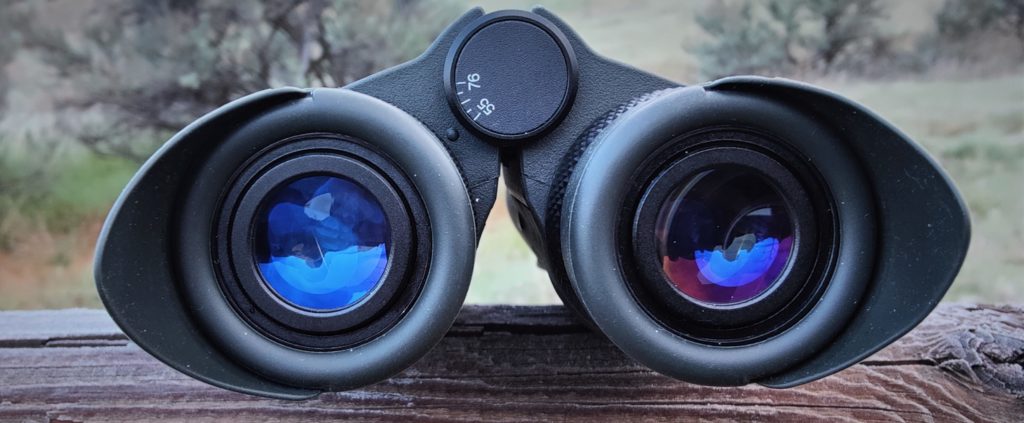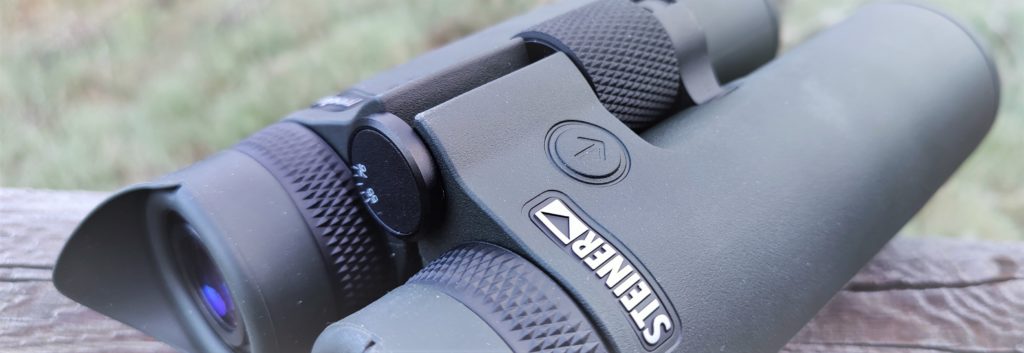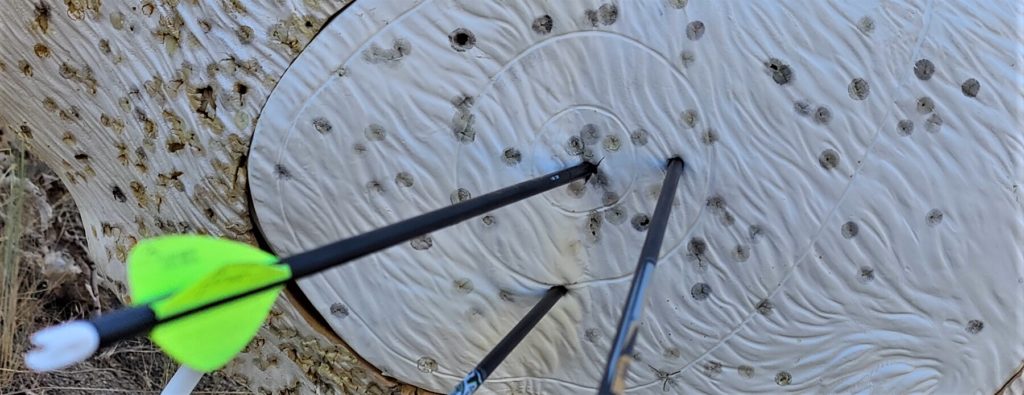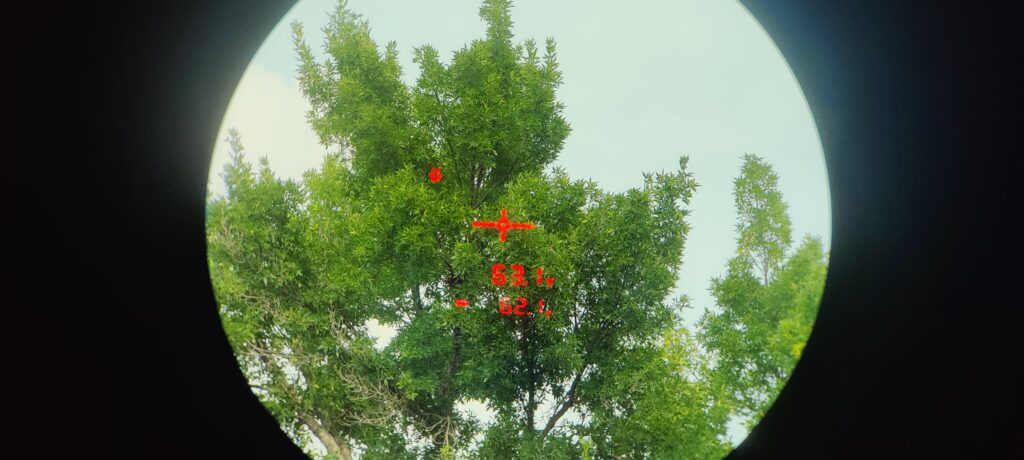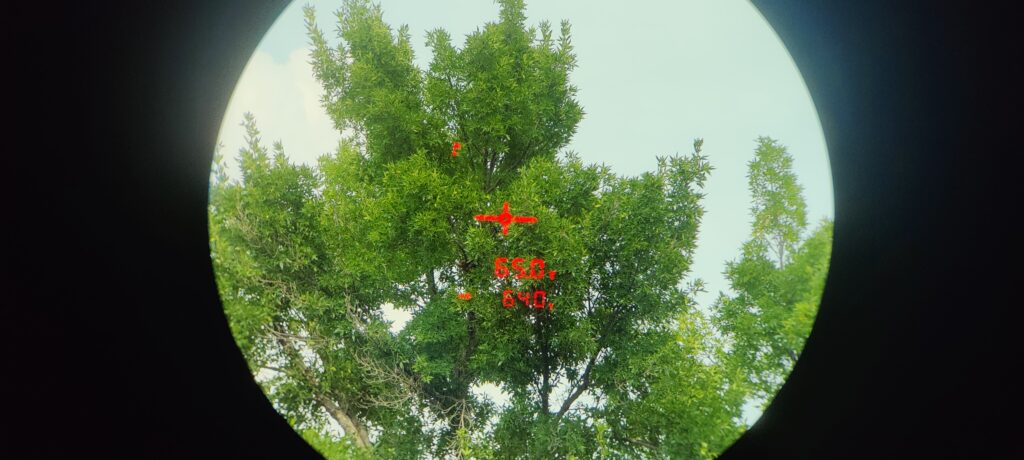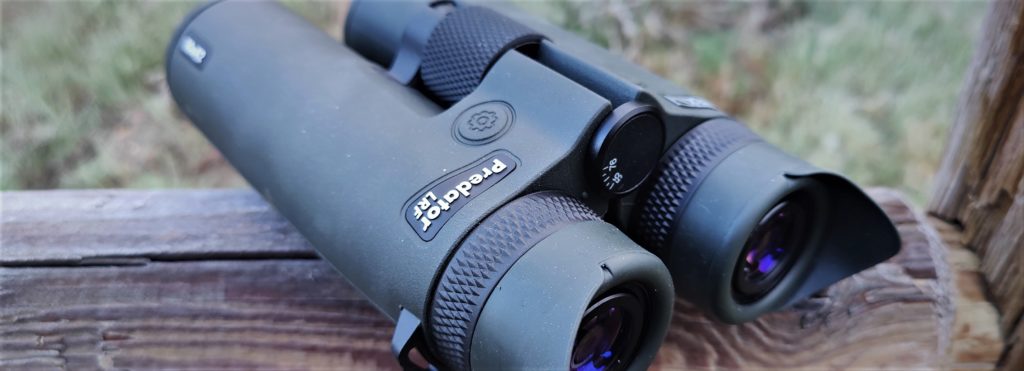Rangefinding binoculars have come a long, long way in recent years. In this Steiner Predator LRF review, we are going to dive into where they excel, where they don’t, what is awesome about them and what isn’t to help you decide if these are the right pair of rangefinder binoculars for you. Without question, the Steiner Predator LRF rangefinder binoculars are a great value that offer a ton of features in a well-built package.
Not only did we get to test out the Steiner Predator rangefinder binoculars on their own merit, but we also were able to put them up next to a handful of other top rangefinding binoculars on the market to see how they compared. This was an awesome way to really see the differences in them against similar products in the same category.
Love optics? We certainly do here at Backwoods Pursuit, so make sure to check out our MONSTER 26 BINOCULAR REVIEW, as well as our massive 19 SPOTTING SCOPE REVIEW. For both of those reviews, we lined up the optics and tested them side by side!
The Specs: Steiner Rangefinder Binoculars Review:
As mentioned above, rangefinding binoculars have come a long way in design and aren’t nearly as bulky and heavy as they used to be. The Steiner Predator LFR Rangefinder binoculars give you one of the most sleek designs out there, and they feel nearly identical to a standard 10×42 pair of binoculars. Steiner Optics did a fantastic job of designing these Predator LRF binoculars to not add extra weight, bulk, or odd protrusions. Here are the specs of the Steiner Predator LRF rangefinder binoculars:
| Feature | Steiner Predatory LRF 10×42 |
|---|---|
| Weight | 35.8oz |
| Length | 8.27in |
| Armor Coating | Rubber Armour |
| Eye Relief | 16mm |
| Eye Cups | 4 Position Twist-up |
| Diopter/Reticle Focus | Non-Locking |
| Tripod Threaded | No |
| Field of View | 344ft/1000yds |
| Max Range(reflective) | 1969yds |
The Eyecups: Steiner Predator LRF Rangefinder Binoculars Review
The eye cups on the Steiner Predator LRF rangefinder binoculars are probably the most unique of any binocular I’ve tested. At first glance you can obviously tell that they feature built-in sun shields, which I wasn’t sure about when I started this testing. However, after using them in the field, I really came to like the sun shields as they really did help. The rubber spins on the eye cups so that you can position the shields however you’d like, whether the eye cups are rolled up or down. Great idea and great functionality!
I did, however, find the eye cups to be too bulky and thick, which required me to roll the eye cup to the all-the-way-down position in order to get a full field of view. This is a bummer as they are not as comfortable in that position. Not a deal breaker, but thinner eye cups would be more comfortable and user friendly.
Tripod Adaptability: Steiner Predator LRF Review
Like most rangefinding binoculars, the Steiner Predator LRF rangefinder binoculars are not threaded for a tripod adapter stud, so you are limited to a clamp style bino tripod adapter. The area traditionally used for tripod adapter threading is where the battery is kept for the rangefinder.
There are some great bino adapters out there that will work on the Steiner Predator (like the Aziak Bino clamp shown above) to hold the binos. This little ultralight bino clamp did a great job holding them steady, especially given that it weighs in at 1/3 of an ounce! Another great option for a clamp-style adapter that will work is the Really Right Stuff Cinch. This one is easier to take on and off if you need that functionality, but it’s also more bulky.
Want to see how these ones stacked up again 10 other rangefinder binoculars? Check out our MONSTER RANGEFINDER BINOCULAR REVIEW as well as the Backwoods Pursuit YouTube Channel.
While my first preference is to use a stud-style tripod adapter whenever I can, these clamps do a great job on binos that aren’t threaded for a stud. Putting the battery in the place where the adapter threads are usually located makes a lot of sense for a rangefinding binocular design, so I get why Steiner did it this way, but the tradeoff unfortunately is that you lose the ability to use many of the amazing adapters on the market today.
Check Our Video Reviews of these Great Tripod Adapters
Focus Mechanism: Steiner Predator LRF Rangefinder Review
One of the things that make a great pair of binoculars is how the focus wheel functions. While it may seem like a small thing, a properly designed focus wheel can really aid in getting the most out of the binoculars. In this Steiner Predator LRF review we tested them for any play, how fast they brought the image into focus, and how much resistance was present when turning the wheel.
The Steiner Predator LRF focus wheel presents a fast focus, but not too fast to where it makes it difficult to find that sharp, clear image. We did, however, notice that if you go past that focused image, then reverse the direction of the focus wheel, it seems to take about 1/8 of a rotation to re-engage and bring the image back in focus.
Now, to be clear, there isn’t any play whatsoever when this happens, it just seems like nothing happens for a split second when you reverse the direction of the focus wheel. This is something that you get use to, and bringing the image into fine focus becomes second nature in no time, but at first this certainly was something that I noticed compared to other binoculars we’ve tested
The focus wheel of the Steiner Predator LRF rangefinder binoculars is on the stiffer side and offers just a touch more resistance than I prefer. On the one hand, this is super nice in that the focus wheel doesn’t tend to move while riding in your bino harness. On the other hand, since it requires more to move the focus wheel, it can be a bit harder to bring the image into focus without moving the optic. There are certainly pros and cons to a free moving focus wheel vs. a stiffer one. Really it comes down to personal preference.
Diopter & Focus Adjustments: Steiner Predator LRF Review
The Steiner Predator LFR rangefinder binoculars give you both a diopter adjustment (located below the left eye cup) and a focus mechanism (located below the right eye cup.) Neither the diopter or the focus mechanism had any noticeable play when adjusting them. Both of these mechanisms offer substantial resistance, however, neither of them lock into place.
I do wish that both of these focus mechanisms locked as neither of them did. I hate it when the diopter moves while using it in the field. It’s a bummer if your rangefinder reticle is out of focus when you go to use it and you have to make an adjustment because it accidentally moved while riding in your harness. (Like the Marsupial Gear bino harness.) It’s pretty easy to memorize where they were both adjusted to and quickly move them back, but it’s still a little annoying.
Check out Our Steiner Predator LRF Video Review!
Feel/Rubber Armor: Steiner Predator LRF Rangefinder Binoculars Review
The Steiner Predator LFR rangefinder binoculars are protected by a rubber armor that has a great, non-slip feel and a fantastic grip. The rubber armor on the Steiner Predator LRF is one my favorites as it has a nice, almost tacky feel to it, so these binos don’t slip in your hands.
Field of View: Steiner Predator LRF Rangefinder Binoculars Review
The field of view on the Steiner Predator LRF 10×42 rangefinder binoculars is right in line with most of your 10×42 binoculars at 344ft @ 1000yds. In fact, this field of view is actually on the slightly larger side for a 10×42 rangefinding binocular, which is great to see.
Color and Clarity: Steiner Predator LRF Rangefinder Binoculars Review
Clarity is a one of the primary things we look for in any pair binoculars. The Steiner Predator LRF rangefinder binoculars certainly held their own in this department and even out-performed others in a similar price category. It’s not uncommon for rangefinder binoculars to leave a bit to be desired in the clarity department, but these are still extremely good and allow you to resolve images very well. They perform right in line with their price point vs. others we tested. While you certainly cannot expect to get the optical performance similar to something like the Swarovski EL Range TA, the Leica Geovid, or the Zeiss Victory RF binoculars, these do a great job in their class.
As is typical with rangefinder binoculars, the color tone of the image is an interesting feature that we noticed during our field testing. The Steiner Predator LRF binoculars give you a greenish tint, and because of this green tint, the image as a whole appears darker than others, but the image clarity is still very good. In a nutshell, the color contrast through the Steiner Predator LRF is good but not great as the greenish tint seems to take away from the color contrast a little bit.
Low Light Performance: Steiner Predator LRF Review
While I was concerned that this green tint would severely limit the low light performance of the Steiner Predator LRF, it only affected it to some degree. It wasn’t nearly as bad as I expected, but it was still noticeable when put up next to others that had a more neutral, yellow, or rose color hue. It was odd to see that, while the greenish color tone of the glass did make the overall image darker, it still retained its clarity better than others in a similar price point that have a yellow or rose color tint.
At first glance these Steiner Predators seemed to become darker more quickly in the twilight hours (and they did), but we could still pick out detail better because the clarity was better than other brighter glass with less clarity in low light.
Edge-to-Edge Clarity: Steiner Predator LRF Binoculars Review
One of the trademark features of a really good pair of binoculars is how they perform in the edge-to-edge clarity department. The Steiner Predator LRF really surprised us in this department and was noticeably better than most rangefinder binoculars in its class as well as the next class up from them. As you can see in the photo above, you do lose a bit of clarity on the outer edges of the field of view, but not nearly as much as others in this price range. For a rangefinder binocular at this cost, these are impressive!
Eye Strain: Steiner Predator LRF Rangefinder Binoculars Review
Eye strain is something that can really get to you while glassing for long periods of time. If your eyes aren’t able to relax into the glass you are using, you’ll soon find yourself needing a break from glassing. This is an area where the Steiner Predator LRF did very well as I didn’t notice any significant eye strain like I’ve noticed with other binoculars I’ve tested. Are they perfect? No, but they are pretty darn good.
Any time your eyes are working a little bit harder to make out the detail of the image, you’ll eventually experience some eye fatigue. The Steiner Predator LRF don’t offer the same clarity as the alpha class of binos, so you can eventually expect to experience a little eye fatigue. Again though, they were very pleasant to look through and my eyes were able to relax into the optic while glassing.
Rangefinder Performance: Steiner predator LRF Review
Ranging Ability
During our testing for the Steiner Predator LRF review, we tested not only the optical performance, but also its functionality and performance in varying conditions. The specs say that this rangefinder will range from 5 to 1969 yards, and I was able to easily and repeatedly get up to 1300 yards off hand on a sagebrush hillside with them. I wasn’t able to quite get the stated 1969 yards, but my target wasn’t reflective either. When we are hunting, we are rarely presented with a reflective target, so I’m personally not too concerned with reflective target performance. I want to know if the rangefinder will perform in the field in hunting conditions.
Even though the Predator LRF didn’t get up to the stated 1969 yards, the 1300+ yards I was able to easily get is more than sufficient for hunting conditions. Also very important is the speed in which the rangefinder returns the yardage, and the Steiner Predator LRF is fast. There is virtually no delay in the unit spitting out the line of sight range and angle compensated range (or angle in degrees).
One thing I did notice while using the Predator LRF was that the range button is a little bit on the stiff side, and there were times when the act of pushing the button to get the range would take me off the intended target that I was trying to range. Because of this, I found myself ranging the target once or twice more to confirm the reading before taking the shot. Another way to negate this is to use the scan mode, which in reality is probably the best way anyway, to make sure you are getting a precise reading on the target you are wanting a range on.
When using the Steiner Predator LRF next to two other rangefinders during an archery 3D shoot, I noticed that the Predator LRF typically returned a range slightly further than the other two (a Leupold and a Nikon). The difference wasn’t typically more than 1 or 2 yards, so not enough to make a difference on most shots, but interesting.
There was one instance on a particularly dark, almost black target, that the Predator LRF returned a range of 39 yards, while the other two rangefinders of the guys shooting next to me returned a range of 35 yards. After testing, retesting, second guessing, and watching the other two guys shoot for 35 yards, I shot for 35 yards and twelve ringed the shot.
I don’t know for sure, but the dark target seemed to cause the Predator LFR a longer reading in that one instance. Now even if I’d shot for 39 yards, it still would have resulted in a kill shot, but obviously not ideal to have the extra 4 yards on the reading in that instance.
Rangefinder Reticle & Display
I love a clean display on a rangefinder, and that’s exactly what you get with the Steiner Predator LRF rangefinder binoculars. The menu options are simple and easy to change on the fly if needed, and the display remains uncluttered and easy to read no matter which settings you choose.
With the Steiner Predator LRF, it displays the reticle and the yardage with either the horizontal distance (adjusted for the angle) or the line of sight distance along with the angle in degrees. That’s it. If you elect to utilize one of the other ranging modes like the golf mode (closest target), the hunt mode (furthest target), or the weather mode (used for extreme conditions) you’ll get a a small icon in the upper left of the optic to let you know which mode you are on.
There is no waiting for the display to cycle through the line of sight and then the angle compensated range like many others out there. Both are immediately displayed, which is really nice. The only thing I wish would be an option would be for the unit to only display the angel compensated range so it removes any possibility of reading the wrong number in the heat of the moment. Not a huge deal, but definitely a preference of mine in a rangefinder.
Another cool feature of the Steiner Predator LFR display functionality is that if you are in standard mode (no angle compensated range), the unit gives you a real time reading of what angle (in degrees) the binoculars are at when looking through them. This is useful if you are trying to size up what kind of angle you are looking at without having to range an object. Pretty nice feature!
Rangefinder Modes/Functionality
I love how easy it is to navigate through the options on the menu with the Steiner Predator LRF rangefinder bino. This is probably one of the most simple and easy-to-use rangefinders I’ve tested, which keeps things simple in the field when you don’t want to be messing with settings on your equipment. You simply press the settings button (the button on the left) and cycle through the options. Those options include:
- Standard mode: no symbol displayed
- Line of Sight with the angular measurement displayed
- Extreme weather mode: Rain Cloud Displayed
- Line of sight, angle compensated range displayed
- Golf (closest object) mode:Flag Displayed
- Line of sight, angle compensated range displayed
- Hunt (furthest object/brush) mode:Deer Displayed
- Line of sight, angle compensated range displayed
The last setting you can adjust (after cycling through the options listed above) is to adjust the display brightness. I’ve found that a brightness level of 4 or 5 seems to work very well in most lighting conditions. Setting 4 is a little dim for bright sunlight, but better for low light or in dark timber.
Scan Mode: Steiner Predator LRF Review
The scan mode on the Steiner Predator LRF rangefinder binoculars is very good and returns ranges quickly and easily when scanning. The rangefinders give you two or three ranges per second, not lightening fast, but no slouch either.
What I liked: Steiner Predator LRF Review
There are a lot of things I really like about the Steiner Predator LRF. They are well-built, sleek in design, offer well-above average edge-to-edge clarity, and the rangefinder display is simple and extremely pleasing to the eye. The focus wheel is smooth and does not have any play, and the sun shades for the eye cups is surprisingly effective.
I also love how simple and easy the rangefinder is to use and set up. No complicated settings or complex menus to navigate. While I do wish it had integrated applied ballistics, that’s not something you typically see at this price point, so surprise there.
Here is a quick summary of the things I liked most about the Steiner Predator LRF rangefinder binoculars:
- Smooth focus mechanism
- Great edge-to-edge clarity
- Crisp, clean rangefinder display
- Sun shade built into the eye cups
- Fast ranging ability
- Red reticle/display
- Sleek design
What I Didn’t like: Steiner Predator LRF Review
There are a few things that I felt could be better while testing for this Steiner Predator LRF review. I didn’t care for the fact that I had to run the eye cups all the way down in order to get a full field of view. Additionally, I didn’t love that the eye cups had to be either all the way up or all the way down. Two positions isn’t ideal, but it worked.
I found the eye cups to be a bit too thick as well, forcing me to have to have them rolled all the way down in order to get a full field of view. Not the end of the world since the sun shades shield the light, but they still aren’t as comfortable as others I’ve tried.
The rangefinder button is a bit too difficult to press and caused me to move off the intended target more than I’d like when I pressed it.
This leads me to the next thing I didn’t care for. Because the place where binoculars are typically threaded for a bino adapter stud (and like the non rangefinding Steiner HX binoculars) is where the battery compartment is located, the only option you have if you want to mount these on a tripod is to use something like the Really Right Stuff Cinch or the Aziak Bino Clamp. Both of those worked great for me on these binos.
Other things that I thought could be better is to reduce the amount of rotation needed to reengage the focus wheel when you are reversing the direction. This made obtaining that crisp image a little more cumbersome. It would be nice if the beautiful red display was adaptive to the light outside so you don’t need to change the brightness as well.
I also wish there was an option in the menu to have only the line of sight yardage displayed rather than have both the line of sight AND the angle compensated range displayed at all times. This can lead to potential confusion in the heat of the moment.
Here’s a quick rundown of the things I thought could be better on the Predator LRF:
- Bulky eye cups
- Not threaded for a tripod adapter
- No locking diopter/focus
- Only 2 positions on eye cups
- No applied ballistics in rangefinder
- No adaptive display (rangefinder reticle)
- Line of sight and angle compensated yardage displayed
- Excessive rotation needed to focus when reversing directions
Steiner Heritage Warranty
It’s certainly worth mentioning that Steiner Optics backs their products with a top notch “Heritage Warranty.” No warranty card to fill out, no registration, it is fully transferable, AND they stand behind their products for the life of the product. That’s the kind of warranty I want backing my optics! The warranty on the electronics’ components, like the the rangefinder portion on this Predator LRF, is covered by a 3 year warranty. This is pretty standard in this industry on electronic components, but it would be nice if that was also covered by the lifetime warranty.
Steiner Predator LRF Rangefinder Review Conclusion
The Steiner Predator LRF rangefinder binoculars are an impressive option in the rangefinder binocular world when you can’t drop a small fortune on an alpha pair. With some of the best edge-to-edge clarity in its class, a fantastic display, unique sun shades built in to the eye cups, and a sleek design, they make a great option. Their value is excellent, and they out-perform several others in their same price point. Give them a look and see if they’ll fit your needs.
Subscribe to Backwoods Pursuit to get Your FREE Backcountry Gear Worksheet!!!
Dial in your gear list, calculate your pack weight, and lighten up your pack with this handy tool!


